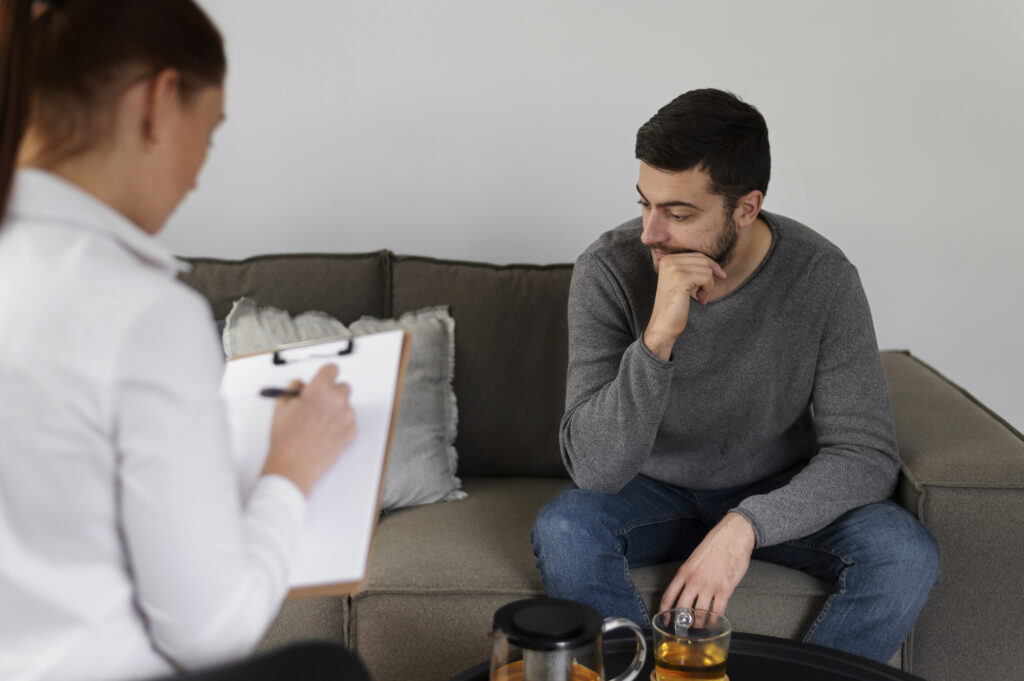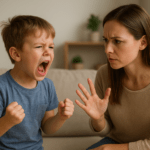ADHD is more than just being inattentive or hyper; effective treatment can transform daily life. Whether it’s your child struggling to focus in class or an adult juggling deadlines and relationships, understanding ADHD and its treatment is the first step toward a balanced, fulfilling life.
Signs and Symptoms of ADHD
ADHD, or Attention Deficit Hyperactivity Disorder, shows up in three main ways: inattention, hyperactivity, and impulsivity.
- Children: Often fidgety, interruptive, or easily distracted in school.
- Adults: May miss deadlines, forget appointments, or struggle with organization.
- Subtle Signs: Daydreaming, chronic lateness, or emotional outbursts can go unnoticed.
Recognizing these signs early can significantly impact treatment outcomes.
Diagnosis and Assessment
Getting an ADHD diagnosis isn’t about labeling—it’s about understanding. Psychologists, psychiatrists, and pediatricians assess symptoms, medical history, and daily functioning.
Personalized evaluation is key. Two people with ADHD might need very different treatment approaches. That’s why professional guidance is crucial.
Treatment Options for ADHD
ADHD treatment is multifaceted. There isn’t a one-size-fits-all solution.
Medication:
- Stimulants like methylphenidate and amphetamines help boost focus.
- Non-stimulants are alternatives for those who experience side effects.
Behavioral Therapy:
- Cognitive Behavioral Therapy (CBT) helps manage negative thought patterns.
- Parent Training equips caregivers with strategies to support children.
- Social Skills Therapy improves interpersonal interactions.
Lifestyle Changes:
- Exercise regularly—it can reduce hyperactivity.
- Maintain a consistent sleep schedule.
- Eat a balanced diet and consider mindfulness practices.
Alternative Treatments:
- Neurofeedback can enhance focus over time.
- Supplements may be beneficial, but it’s always advisable to consult a professional before starting any new regimen.
Managing ADHD in Daily Life
Practical strategies make a world of difference:
- Time Management: Use planners, alarms, and timers.
- Organization Tips: Color-coded folders, checklists, and decluttered spaces help.
- Coping Mechanisms: Deep breathing, journaling, or short breaks reduce stress and emotional overload.
Even small changes can lead to noticeable improvements.
ADHD in Adults
ADHD doesn’t disappear with age. Adults may face challenges at work, in relationships, and with daily routines.
- Break tasks into smaller steps.
- Set reminders for appointments.
- Seek support groups or therapy to maintain mental well-being.
Real-life examples show that adults with ADHD can thrive when they combine treatment with practical strategies.
Conclusion & Call to Action
If you suspect ADHD in yourself or your child, don’t wait. Early diagnosis and treatment can significantly improve daily life. Remember, ADHD treatment isn’t a one-size-fits-all solution—personalized strategies make all the difference.
Take the first step today: consult a professional, explore treatment options, and embrace strategies that help manage ADHD effectively. Your journey toward focus, calm, and success starts now.



